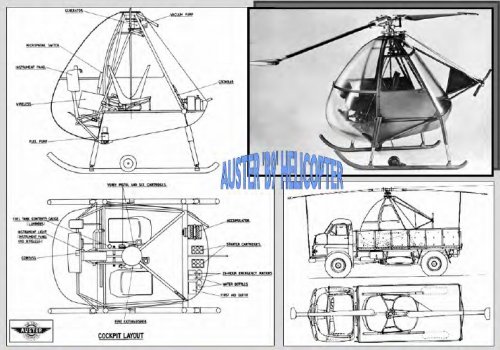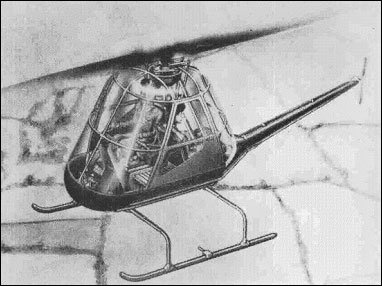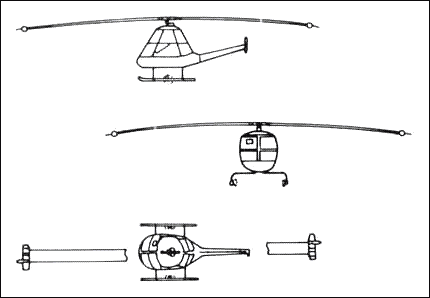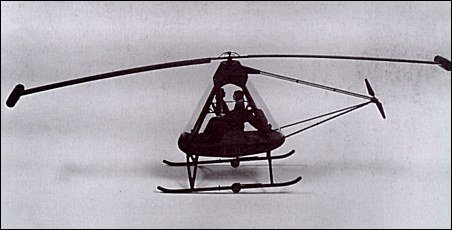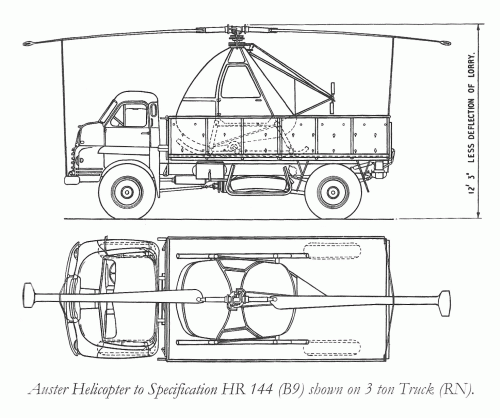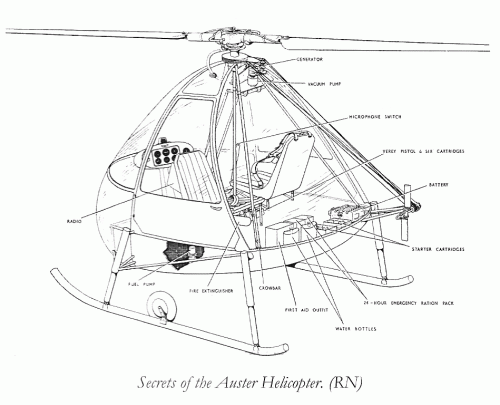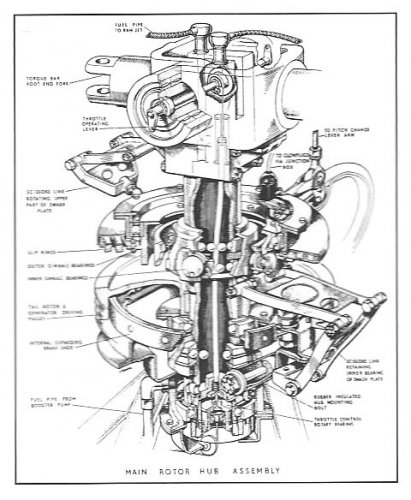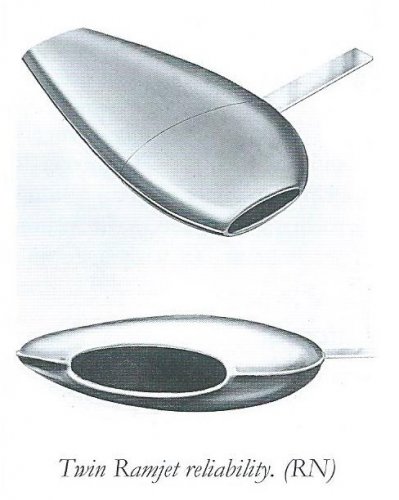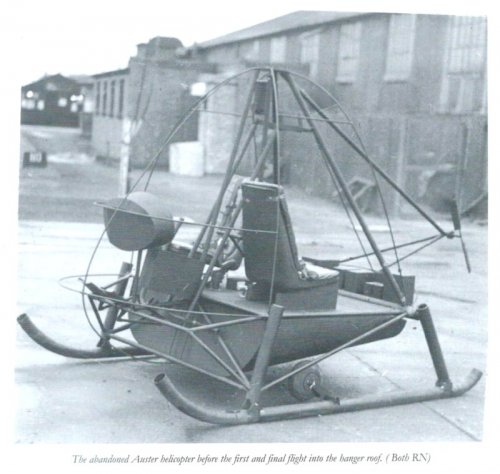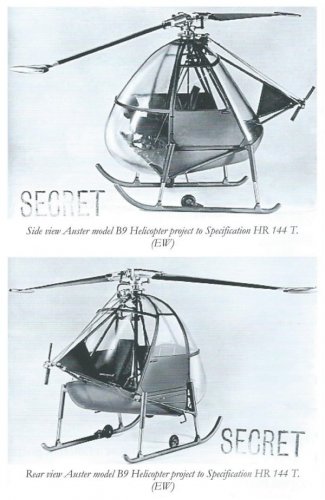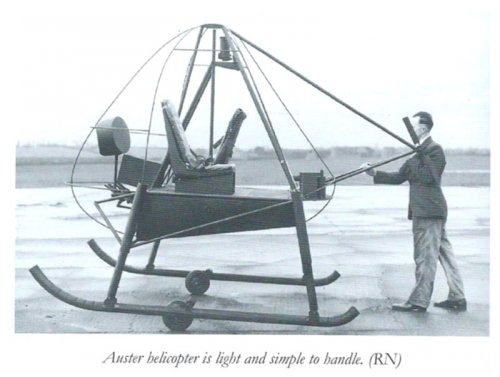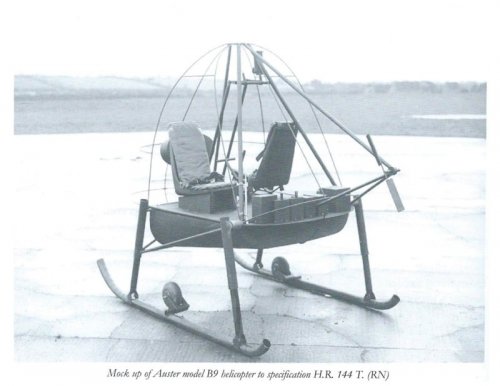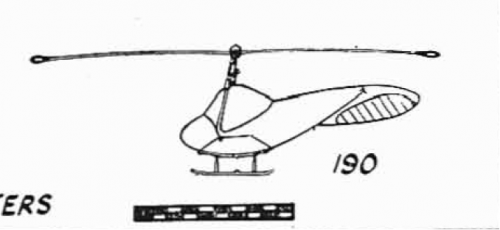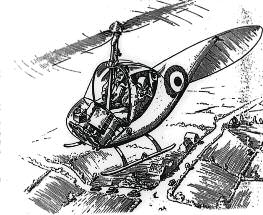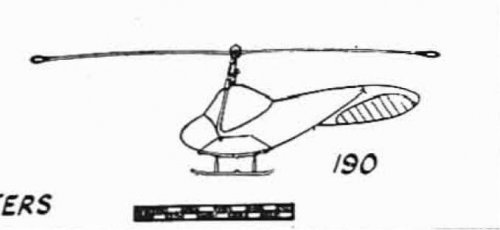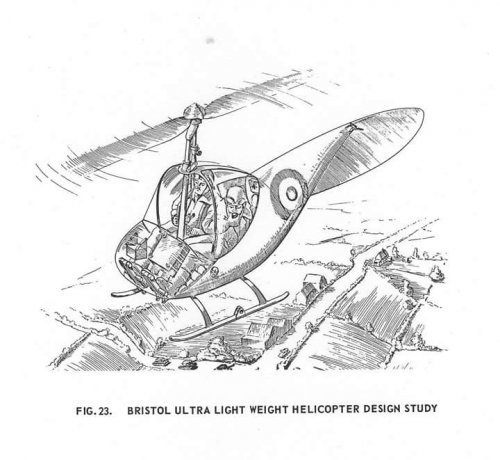Bailey
ACCESS: Secret
- Joined
- 24 July 2009
- Messages
- 308
- Reaction score
- 43
Auster B.9 design to OR.319 - HR.144 for an Ultra Light Helicopter. Won by the Fairey Ultra Light Helicopter. Other Designs Bristol 190, Saro P.507, & Short SB.6.
From " Auster - International Auster Club" available as a free PDF download here:-
http://austerhg.org/downloads/
See the Following Secret Projects threads as well:-
http://www.secretprojects.co.uk/forum/index.php?topic=552.msg4333
http://www.secretprojects.co.uk/forum/index.php/topic,2872.0.html
Regards Bailey.
From " Auster - International Auster Club" available as a free PDF download here:-
http://austerhg.org/downloads/
See the Following Secret Projects threads as well:-
http://www.secretprojects.co.uk/forum/index.php?topic=552.msg4333
http://www.secretprojects.co.uk/forum/index.php/topic,2872.0.html
Regards Bailey.

